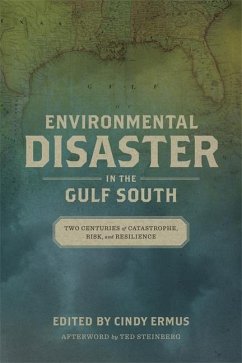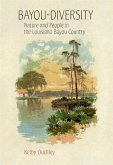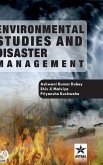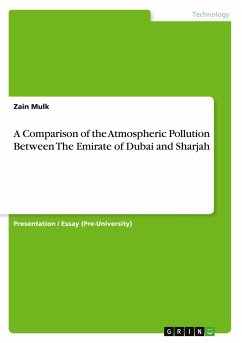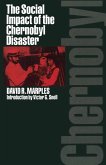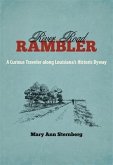Hurricanes, floods, oil spills, disease, and disappearing wetlands are some of the many environmental disasters that impact the Gulf South. The contributors to Environmental Disaster in the Gulf South explore the threat, frequency, and management of this region's disasters from the mid-nineteenth century to the present. Scholars from the fields of history, sociology, and anthropology examine the underlying causes of vulnerability to natural hazards in the coastal states while also suggesting ways to increase resilience. Greg O'Brien considers the New Orleans flood of 1849; Andy Horowitz, the Galveston storm of 1900; and Christopher M. Church, the 1928 hurricane in Florida and the Caribbean. Urmi Engineer Willoughby delves into the turn-of-the-century yellow fever outbreaks in New Orleans and local attempts to eradicate them, while Abraham H. Gibson and Cindy Ermus discuss the human introduction of invasive species and their long-term impact on the region's ecosystem. Roberto E. Barrios looks at political-ecological susceptibility in New Orleans's Lower Ninth Ward, and Kevin Fox Gotham treats storm- and flood-defense infrastructures. In his afterword, Ted Steinberg ponders what the future holds when the capitalist state supports an unwinnable battle between land developers and nature. These case studies offer new ways of understanding humans' interactions with the unique, and at times unforgiving, environment of the Gulf South. These lessons are particularly important as we cope with the effects of climate change and seek to build resilience and reduce vulnerability through enhanced awareness, adequate preparation, and efficient planning.
Hinweis: Dieser Artikel kann nur an eine deutsche Lieferadresse ausgeliefert werden.
Hinweis: Dieser Artikel kann nur an eine deutsche Lieferadresse ausgeliefert werden.

